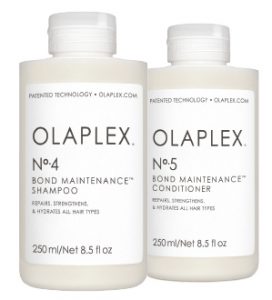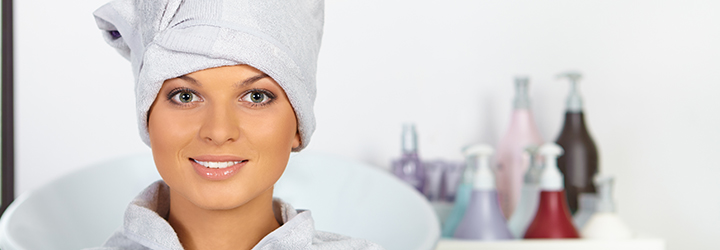As 2018 closes, we are looking back at the salon hair care market’s performance wondering what changes the year has brought to the industry and where did the market land in comparison to its historical performance. Between 2017 and 2018, the salon hair care industry grew at a steady pace of around 3%, although the category and country market performance varied. For example, while the U.S. market shows some slowdown compared to previous years, the Chinese market blossoms, driven by the development of e-commerce. In light of the recent changes on the global landscape, some of the key questions salon hair care players should be asking themselves include:
Who are the “hottest” indie brands in the industry?
We have seen an increase in acquisitions over the last few years in the salon industry, particularly in North America, where Henkel has been purchasing and developing a portfolio of trend-setting brands. Some of the most impactful brands in the industry are already in the hands of beauty market giants, such as L’Oréal (Pulp Riot brand), Kao (Oribe brand), or Henkel (#mydentity brand). However, some of the fast-moving brands, such Eleven, Color WOW, or amika, are still flying free, boosting the industry’s sales and making waves with new trends and innovations. These brands continue to perform very well and remain, among others, lucrative targets for acquisitions. The upcoming 21st edition of our annual Salon Hair Care Global Series report will take a look into some of the most interesting independent brands on the salon hair care market globally in a newly-added volume. The analysis will feature profiles of brands coming from Asia, Europe, and North America.
What’s the future of bond builders?
Starting as a standalone product with Olaplex being a pioneer in this category, bond builders have spread across countries and joined the portfolio of products of many key marketers including L’Oréal with brands such as Redken, L’Oréal Professionnel, and Matrix, Henkel with Schwarzkopf Professional, or Kao with Goldwell. Estimated to be a $150 million business globally, bond builders still showed a robust increase of 16% in 2017 according to our Salon Hair Care Global Series report. While in some markets like Asia it’s still in nascent stages, in more mature markets, this category’s sales are saturating, and the industry is calling for innovation in the hair repair area. In the attempt to boost sales, the category pioneer and market leader Olaplex adds two new products to is initially three step regimen.

Olaplex is expanding its line to No.4 Shampoo and No.5 Conditioner.
On the other hand, other marketers take steps to innovate in the area of hair coloring, including the hair repair technology inside the actual hair coloring products. The best example of that would be Wella’s Koleston Perfect with ME+ and Pure Balance technologies. Now the key question is – would those innovative technologies replace the need of bond builders?

Wella’s Koleston Perfect with ME+ and Pure Balance technologies
How big are the sales through channels outside salons and what’s their impact on the salon market?
In most markets globally, the salon industry is becoming a hybrid market where it’s difficult to remain competitive without a proper multi-channel strategy. Salon hair care marketers pair up with retailers to broaden their sales channels and reach out to individual consumers through online platforms such as Amazon or Tmall, specialty stores like Ulta or Sephora, or department stores. The channels of distribution where marketers expand with their professional hair care portfolio vary from one country to another and develop very fast. In the United States for example, sales through online platforms have increased by over 45% in 2017, In order to closely monitor this phenomenon, we’ve recently published the Professional Hair Care Retailing: Channel Analysis and Opportunities study, analyzing such important markets like the United States and the United Kingdom.
What’s the impact of independent stylists on the industry?
Whether they are booth renters in the popular salon suites in the United States, or mobile hairdressers like those growing in numbers in the Russian market, one thing is sure – independent hair stylists are impacting the salon industry across regions. In Russia, independent stylists are one of the key reasons behind the growth of the local low-cost brands. To better address their needs and assess their impact on the industry, we are offering a new study taking a closer look at this alternative to traditional hair salons entitled Independent Hair Stylists: Global Market Brief.

